Cool Programs You Didnt Know Existed
Mech-a-what? Mechatronics — the Engineering Field You Didn't Know Existed
Who Builds Robots Serial
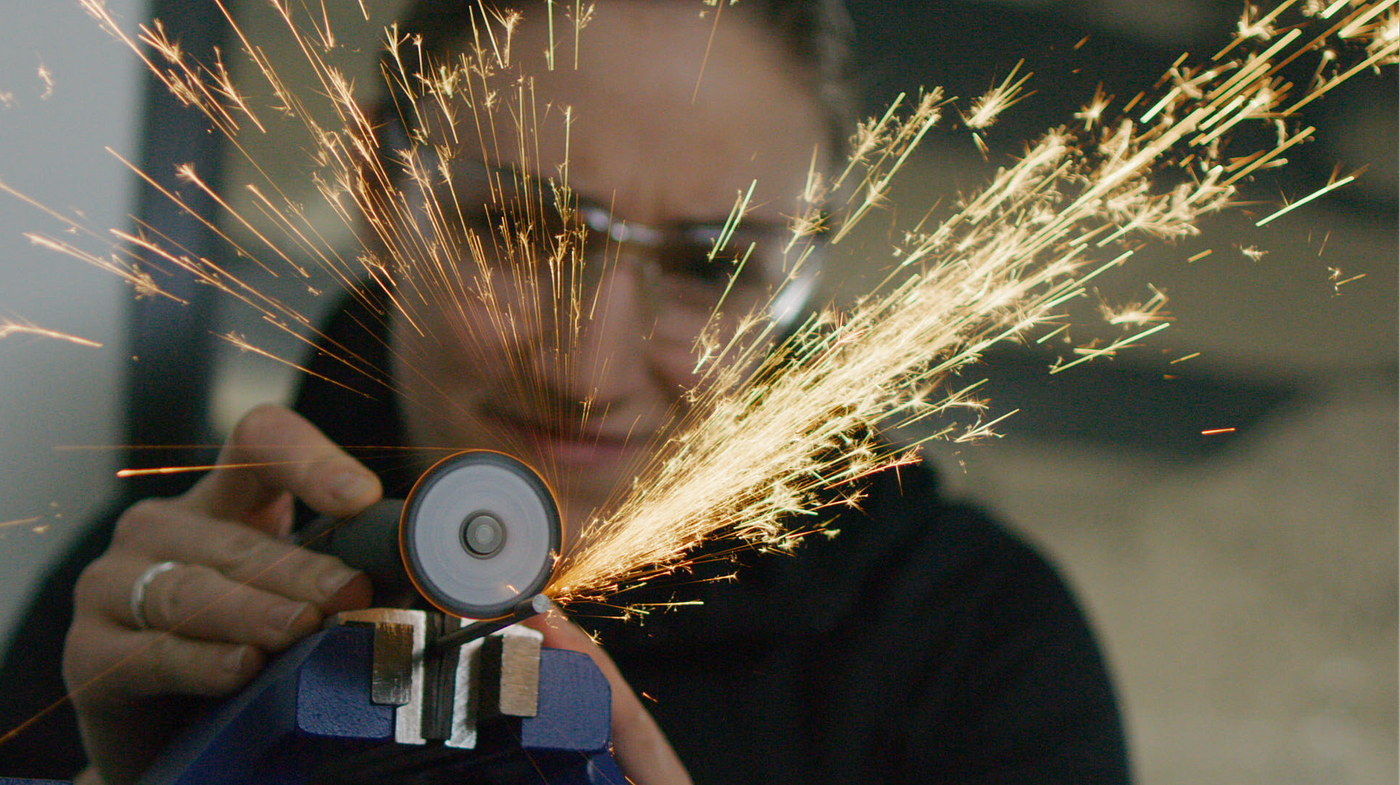
"Mech-a-what?" "What's a mech-aaaa-TRON-ic engineer?" "What'due south mechatronics?" "So, you're a mechanical engineer?"
Welcome to one of the beginning sentences I typically hear after introducing myself as a mechatronic (mech-a-tron-ic) engineer. Recently at a networking upshot in Oakland, California, I was asked "Did I hear y'all right in saying you're a mechatronic engineer? I'm a recruiter, and I've seen that term a few times from applicants, merely I don't really know what that is. Could you explicate it to me?"
Sure — read on!
Mechatronic applied science is an engineering "specialty" that'due south been around for quite some time, but wasn't assigned its own field nomenclature until recently. To put it merely, mechatronic engineering is a hybrid of mechanical, electrical, and computer engineering. This puts applications of robotics, command systems, electro-mechanical systems, and similar engineering in this field.
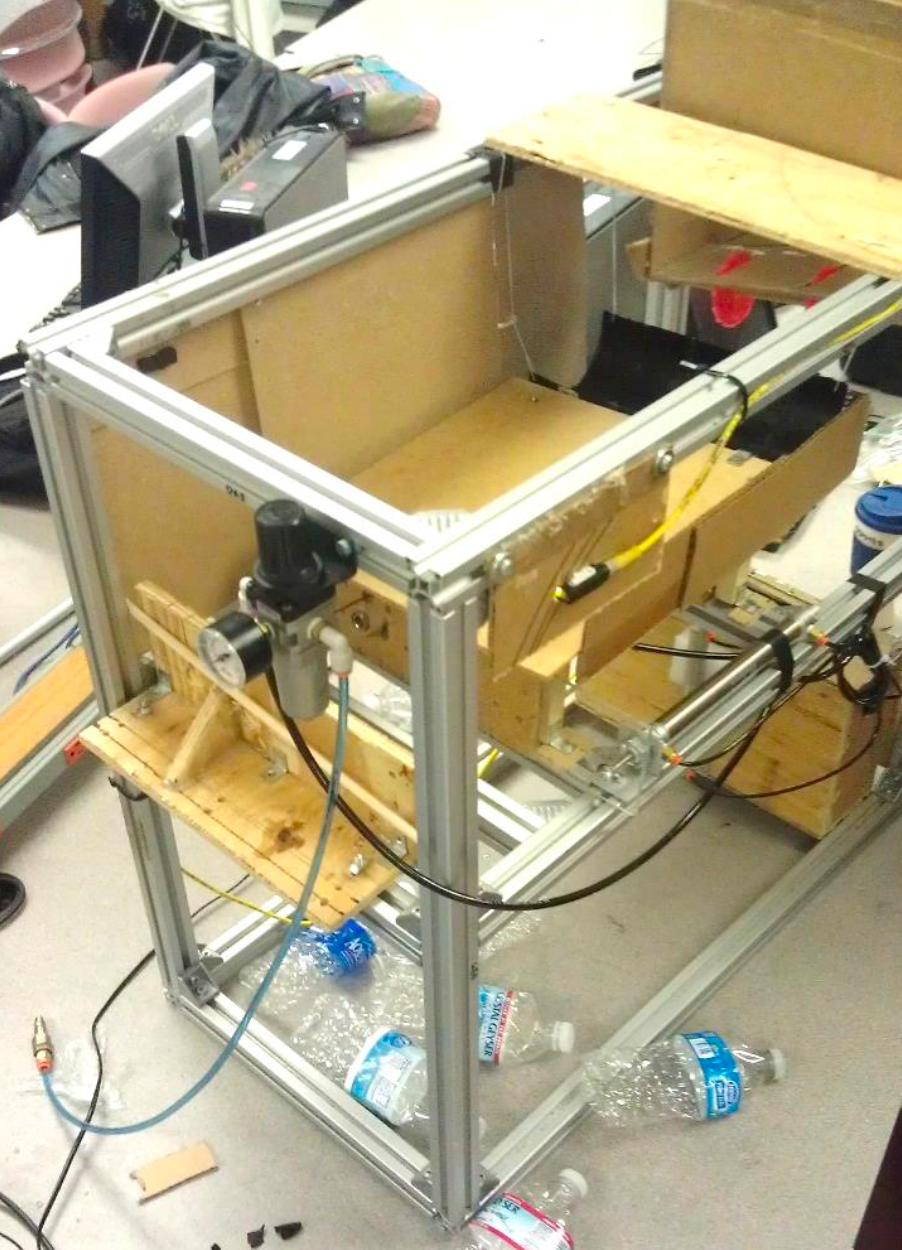
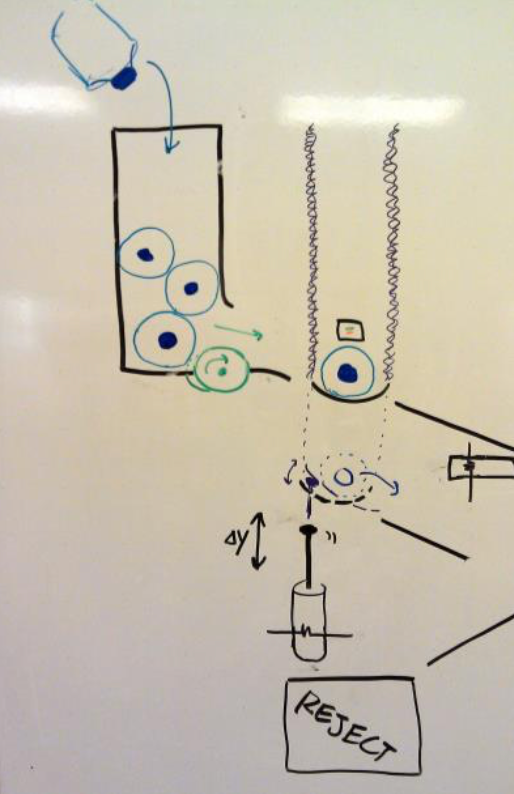
A great way to illustrate this is to remember of us as go-betweens for mechanical and electrical teams, being able to speak both languages of the different fields, while not necessarily being specialized in ane field over another (though having strengths in one versus another is probable). Some "mechas," as we may refer to ourselves, accept additional backgrounds in informatics, computer engineering science, manufacturing, electrical engineering, or business.
And then why has no one really heard of u.s.? My approximate is it'southward due to schooling — well-nigh know of mechanical, electric, computer, civil, aerospace, robotics, and other degrees, partly because they're offered at schools all over the world. Not very many schools offer a dedicated mechatronic technology caste, though, which severely limits the exposure of this recently defined field.
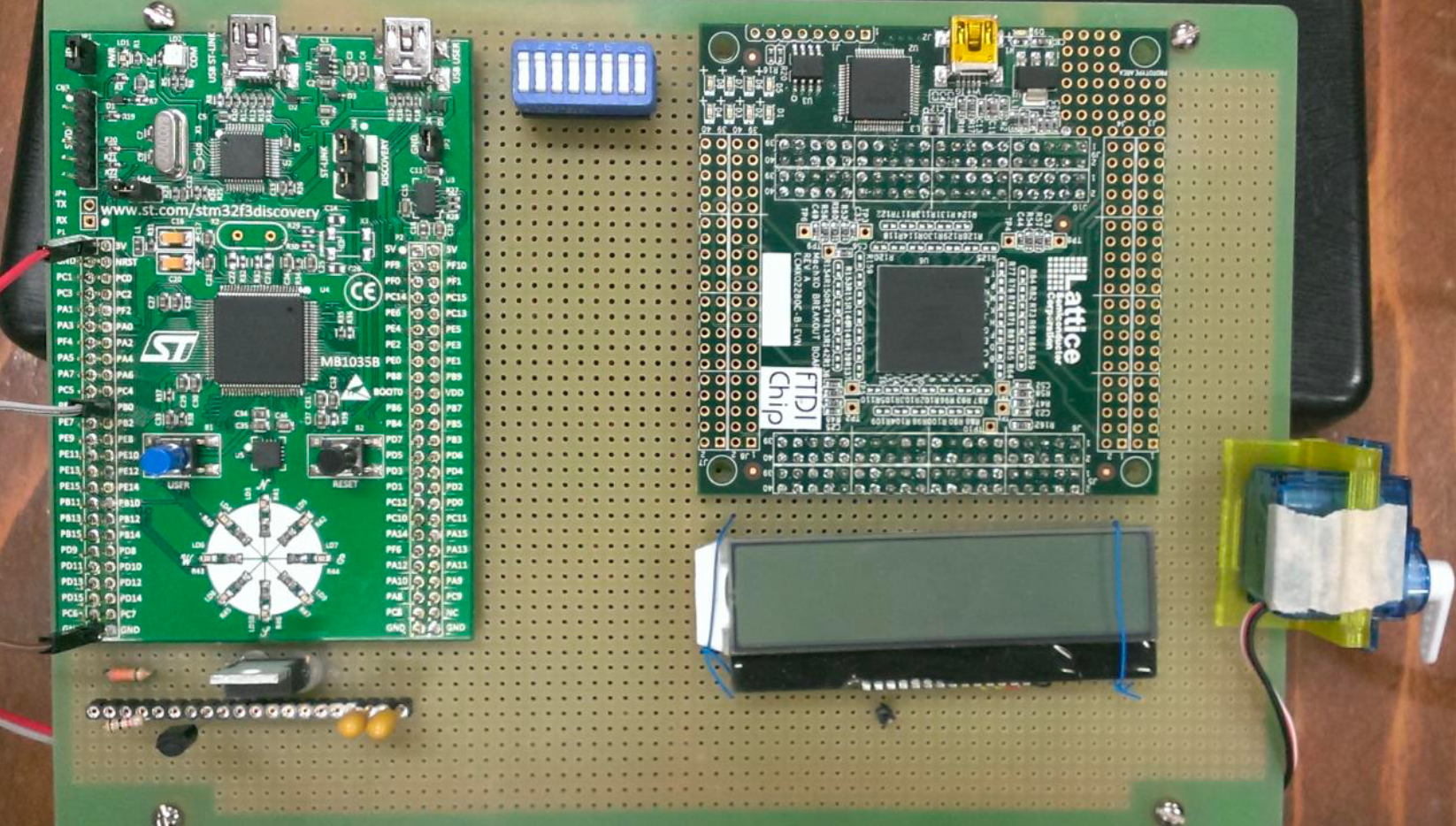
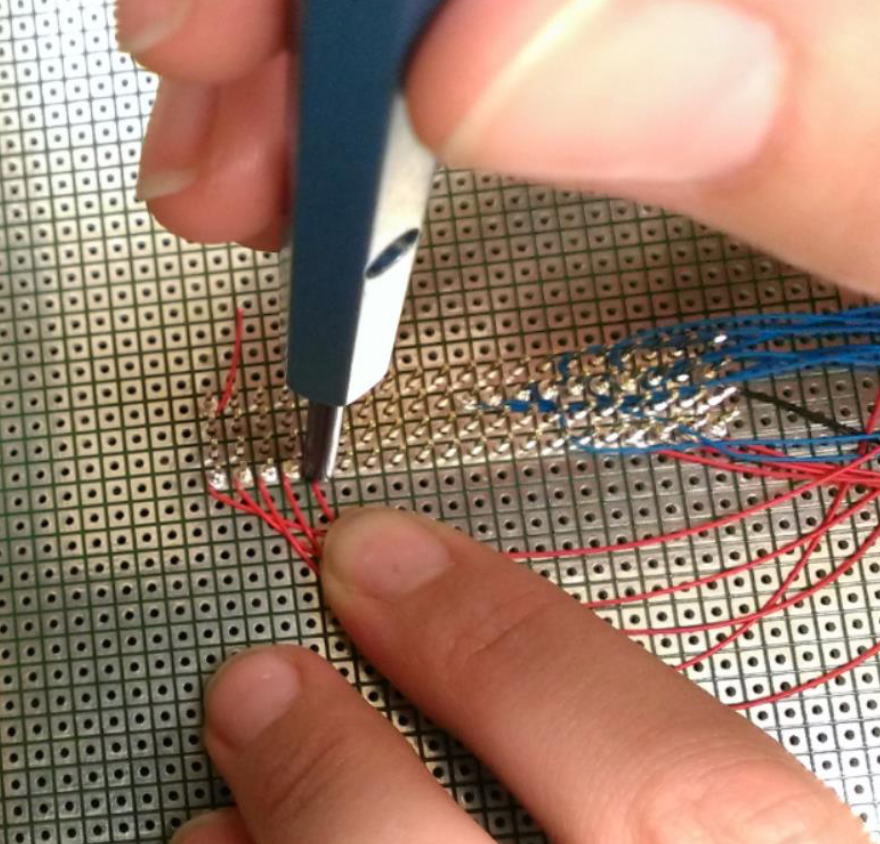
On top of that, many consider ABET-accredited programs to be of the utmost importance, including the ability to go applied science-based scholarships at the academy level. But as of October 2017, there are only viii 4-year colleges offering an ABET-accredited mechatronic technology degree in the U.S.:
- California Land University, Chico (yr of accreditation: 1996)
- Central Connecticut State University (2015)
- Kennesaw State University (2011)
- N Carolina State University at Raleigh (2009)
- Purdue University Northwest (2011)
- University of Detroit Mercy (2015)
- University of North Carolina at Asheville (2009)
- Vaughn College of Aeronautics and Engineering (2011)
CSU Chico was the first in the country, earning accreditation in 1996, and it was the but one to hold that stardom for the side by side 13 years. Information technology's where I earned my ain mechatronic engineering degree.
So — why am I a mechatronic engineer, and how did I end upward here?
When I was in high schoolhouse, I considered going into architecture and took courses to learn 2D and 3D AutoCAD® and Autodesk Revit® skills. During my sophomore year, I worked part-time at a local backpack & messenger bag factory doing 2nd CAD piece of work for them, and started taking technology classes during summers and at night, where I picked up mechanical drafting and SolidWorks® experience. These opportunities, topped with an feel of existence bored with architecture a year or two later, told me design and engineering were more than my style, and then I began to expect at college options.
My mom and I heard that California State Academy, Chico had a good technology programme, so we checked out the catalog. It was hither that we first heard about mechatronic engineering. The description reminded me of a book I loved that my aunt had gifted me many years prior — "The New Way Things Work" by David Macaulay — that goes into whimsical particular about everyday things such as inkjet printers. The program description for mechatronic engineering listed tech such as anti-lock brakes, robotics, and inkjet printers as applications for such a caste, so I decided "Why not?" and went for it. A few years later, I had two degrees. While still in loftier school, I got an acquaintance'due south degree in Drafting and CAD Technologies from my local community college. And then I earned my Bachelor'south of Science in Mechatronic Engineering from Chico State, with minors in manufacturing and computer engineering.
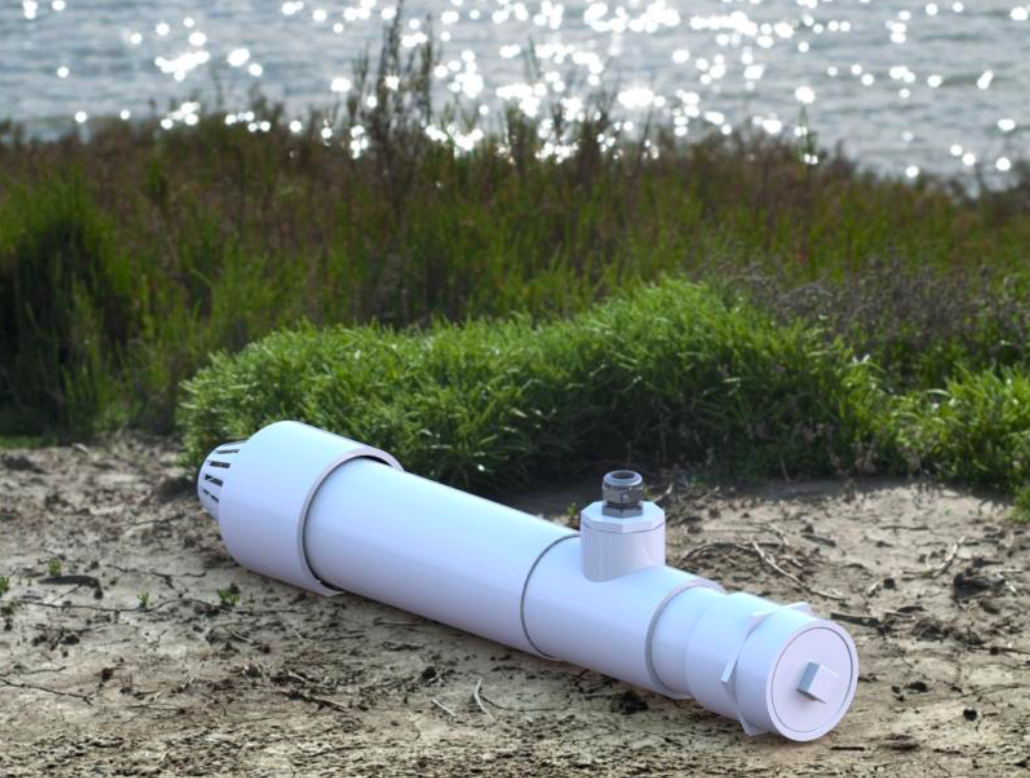
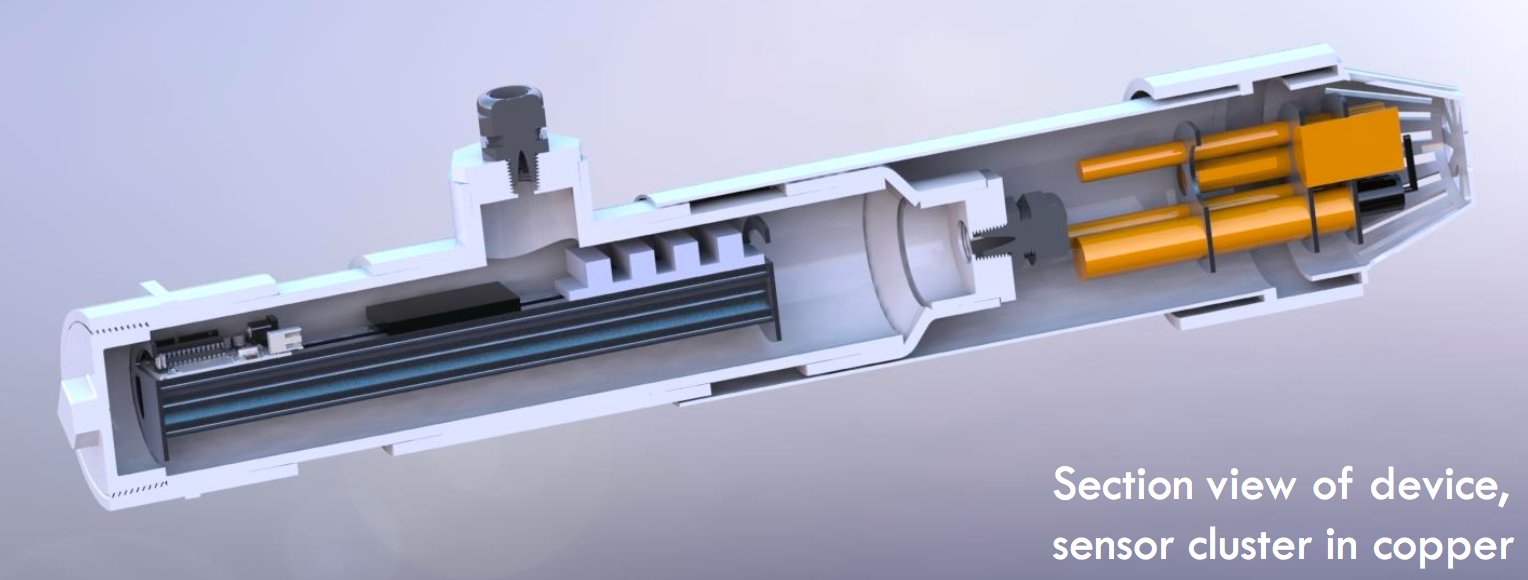
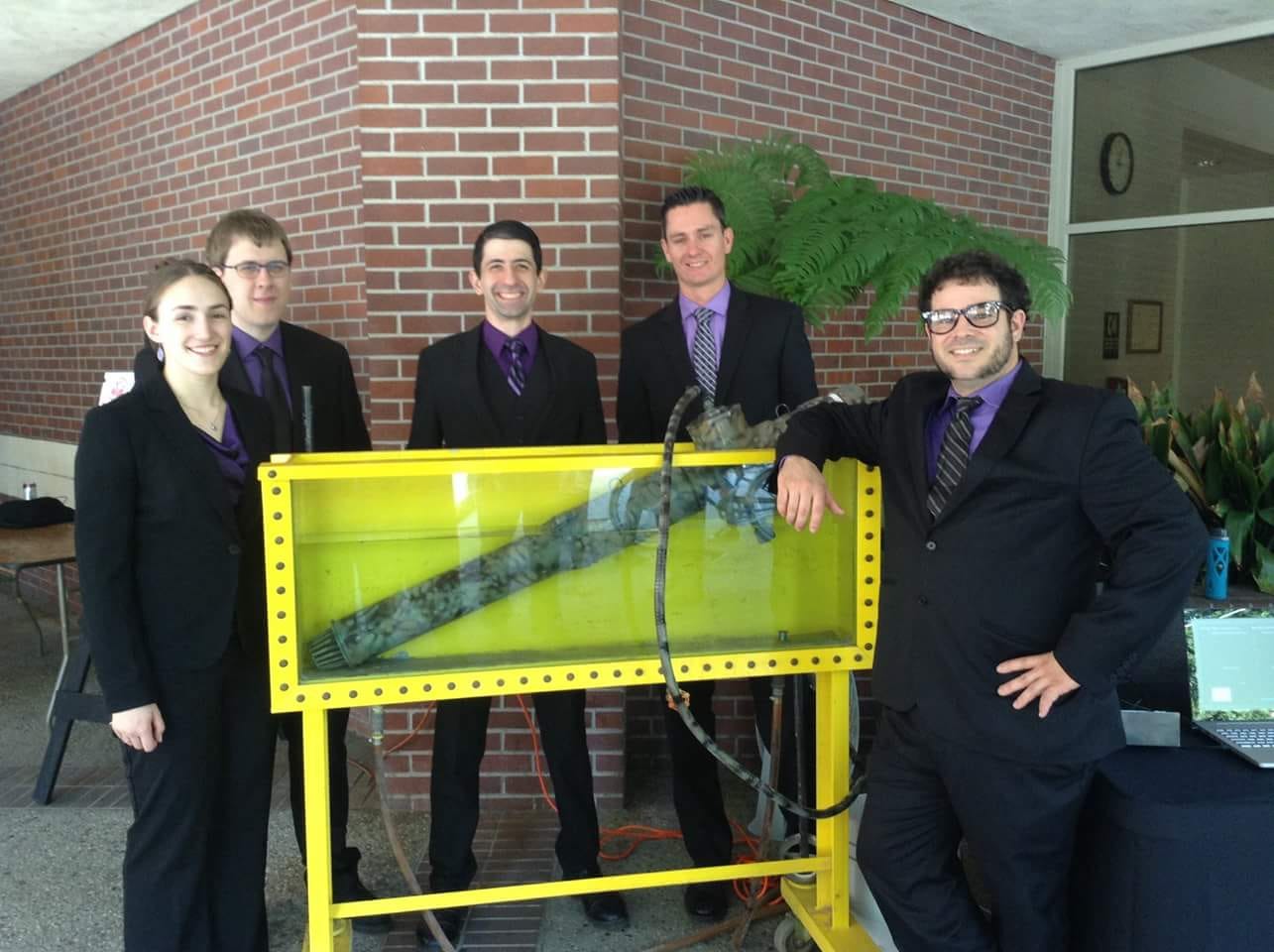
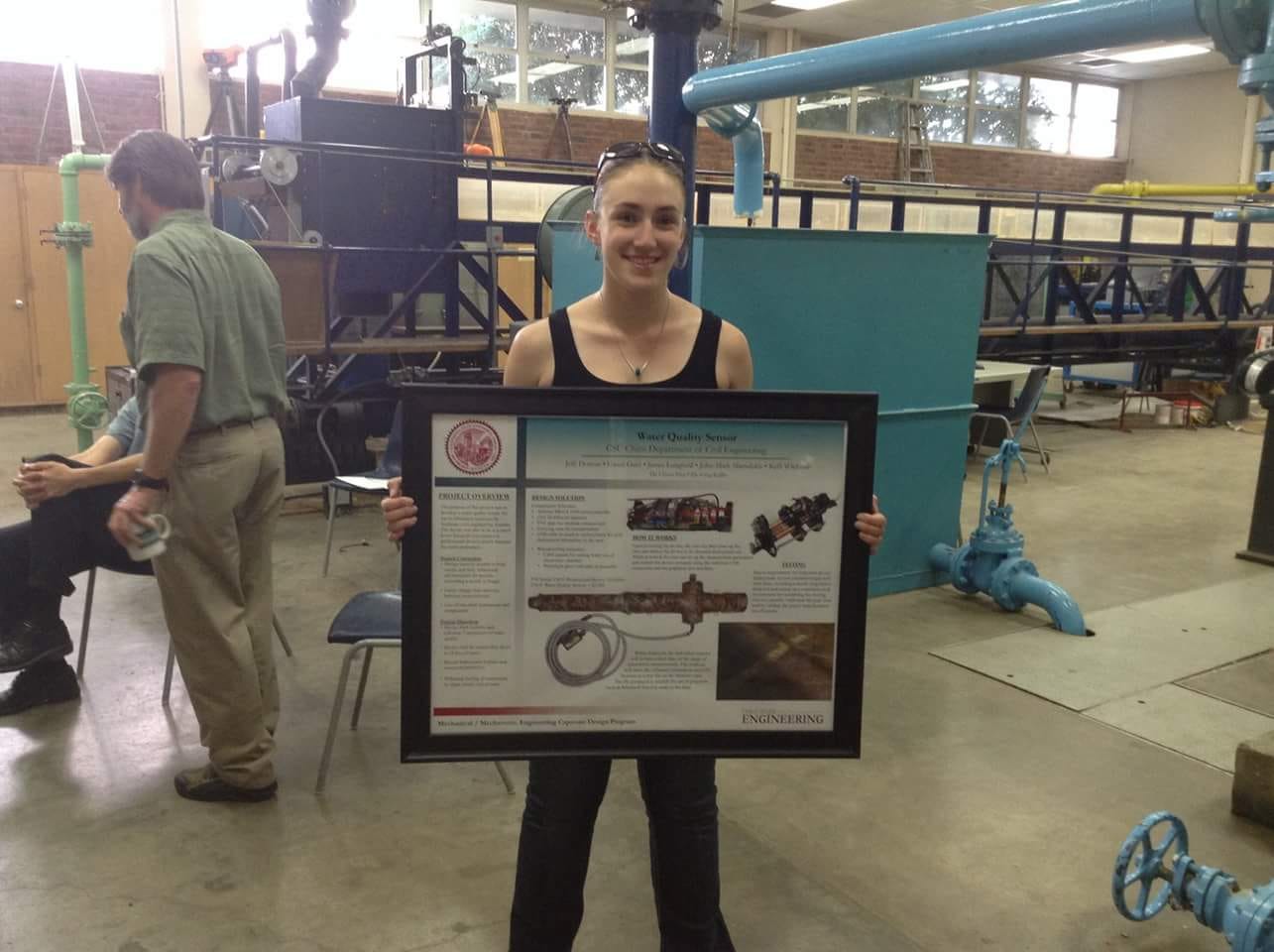
During my university years, I took courses that covered topics such as embedded systems, electronics, programing in C/C++, mechanics, physics, calculus, statics, strengths of materials, manufacturing processes (learned to weld steel and cast liquid aluminum in that location!), programme PLCs, size motors and bearings, linear circuits, cloth science, and many more.
After all that intensive studying, once I graduated, did I know what I wanted to do correct out of the gate? Nope.
I did know that I wanted to get my hands on robots or be involved with sensor-based technologies and wearables such equally smart watches. (Interestingly, I wasn't involved in Starting time® Robotics during loftier school. I'd not even heard of FIRST until I applied for college scholarships. I ended up mentoring a make-new FRC squad for a few years during college, so I wasn't totally deprived of the experience.)
After graduation, I joined a small company in Napa, California, doing some fascinating robotic photography systems. Hither, I wore many hats. I prototyped new concepts for machine add-ons, I manufactured parts from thick slabs of plastic, built the machines, congenital the shipping crates, made the wire harnesses, programmed control boards, and more.
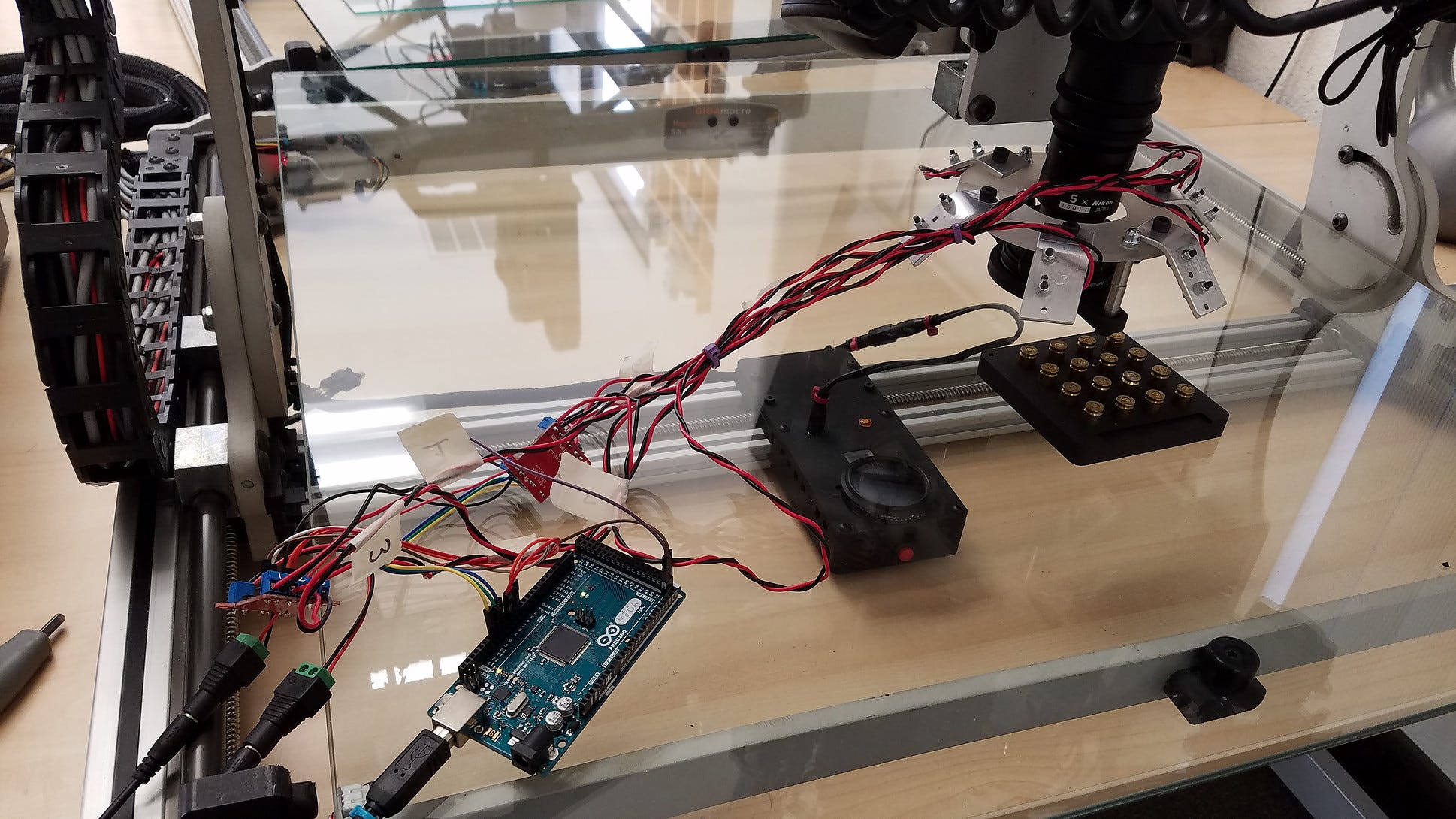
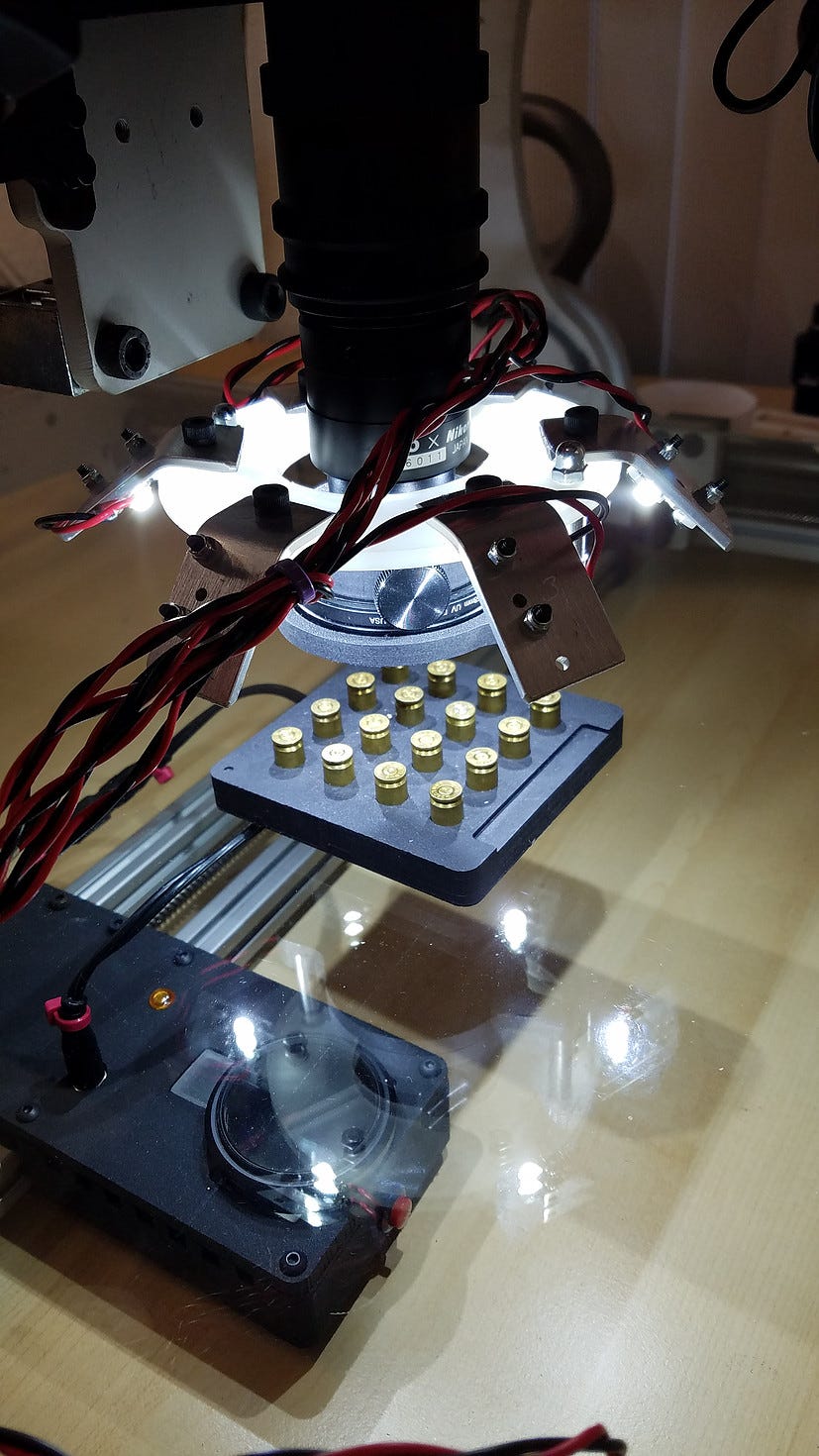
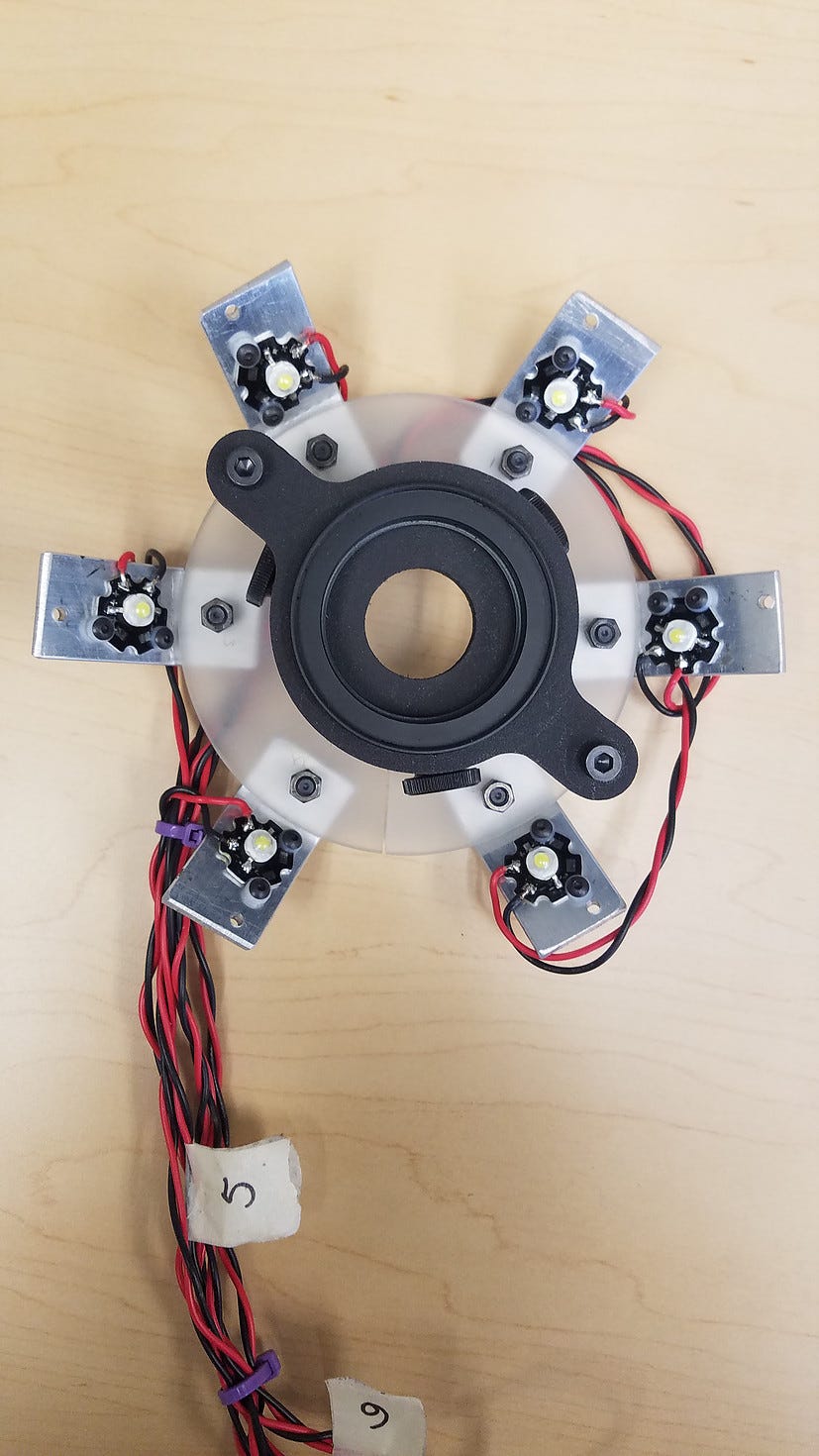
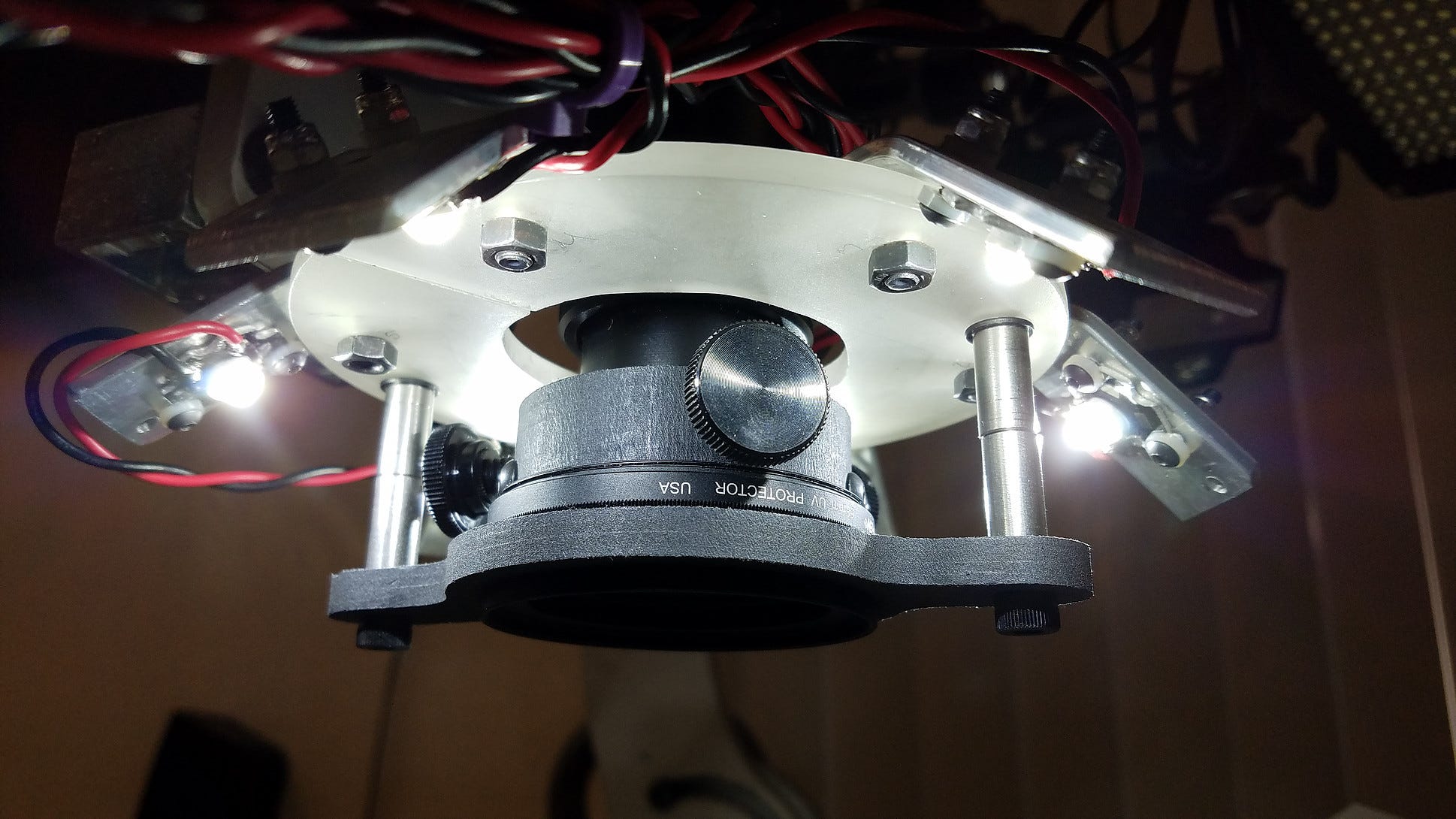
After two years here, it was fourth dimension to move on. Silicon Valley was bustling with opportunities, but none were the right fit for me, and then I decided to broaden my horizons. Fast-frontwards a few months, and I accepted a role to make super-absurd robots for the home. I fell in love with the robots I saw in the office and knew right away that I wanted to be a part of this; I packed up my life and moved to Colorado to go far happen.
The tools I've used in my work in general embrace a pretty wide gamut:
- SolidWorks®
- DraftSight™
- AutoCAD®
- Autodesk Fusion 360™
- Arduino™
- Raspberry Pi®
- Dremel® tools
- digital multimeter
- soldering iron
- drill press and other standard shop tools and hand tools
- 3D printers (we run MakerBot® printers at the function)
- 90W 48"x36" laser cutter
- vinyl cutter
- …and my trusty pocket knife!
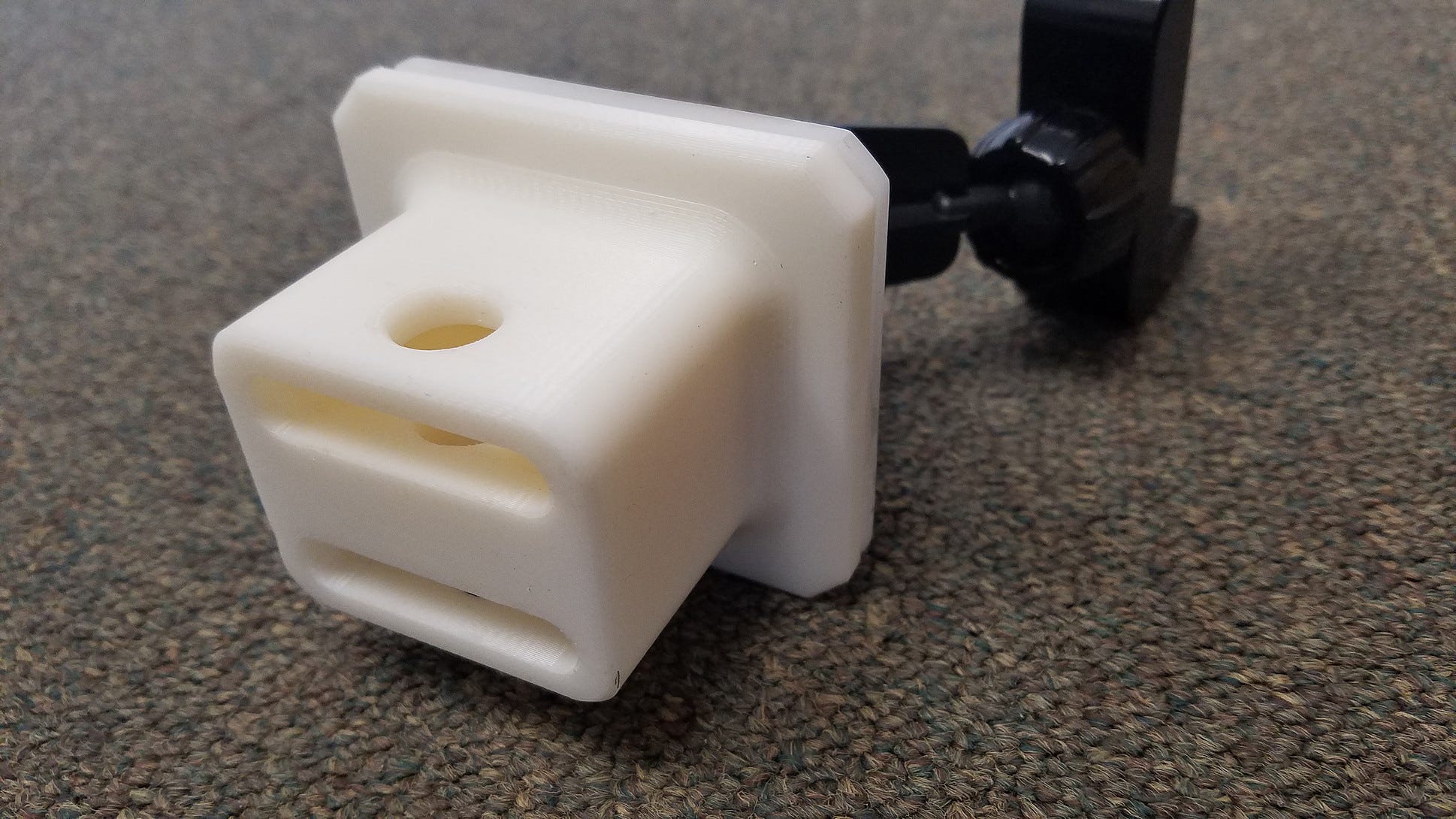
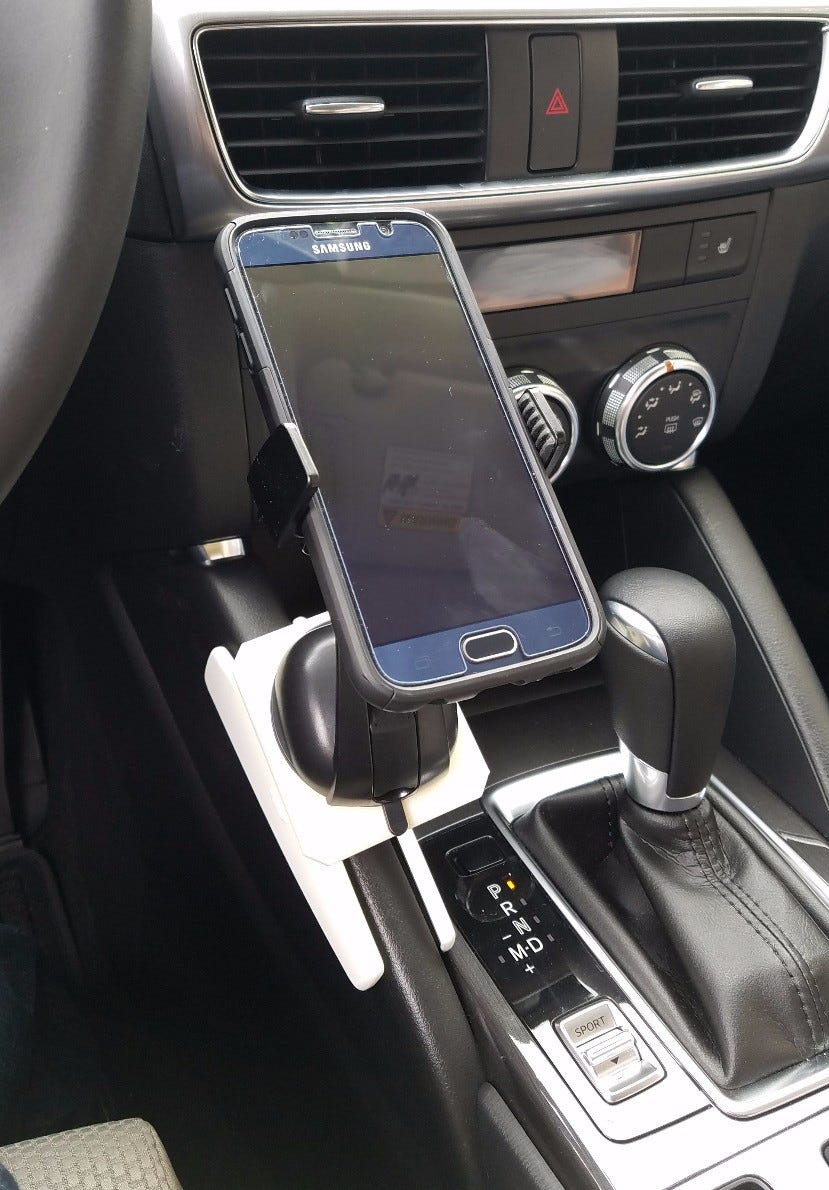
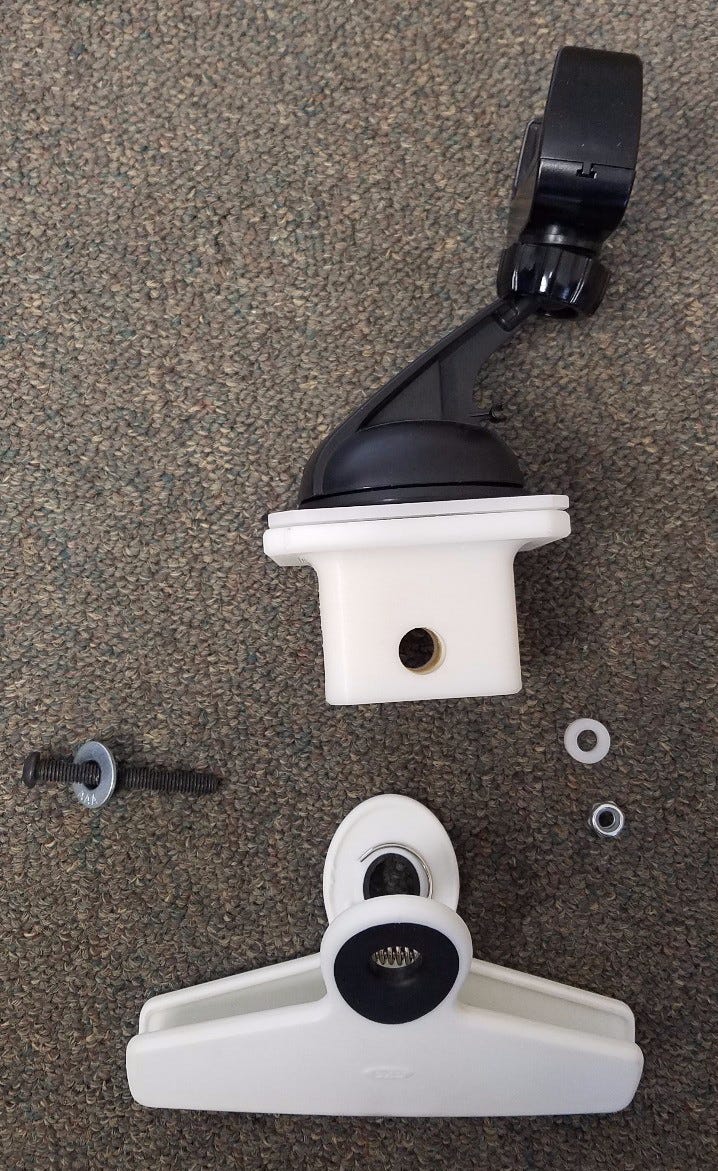
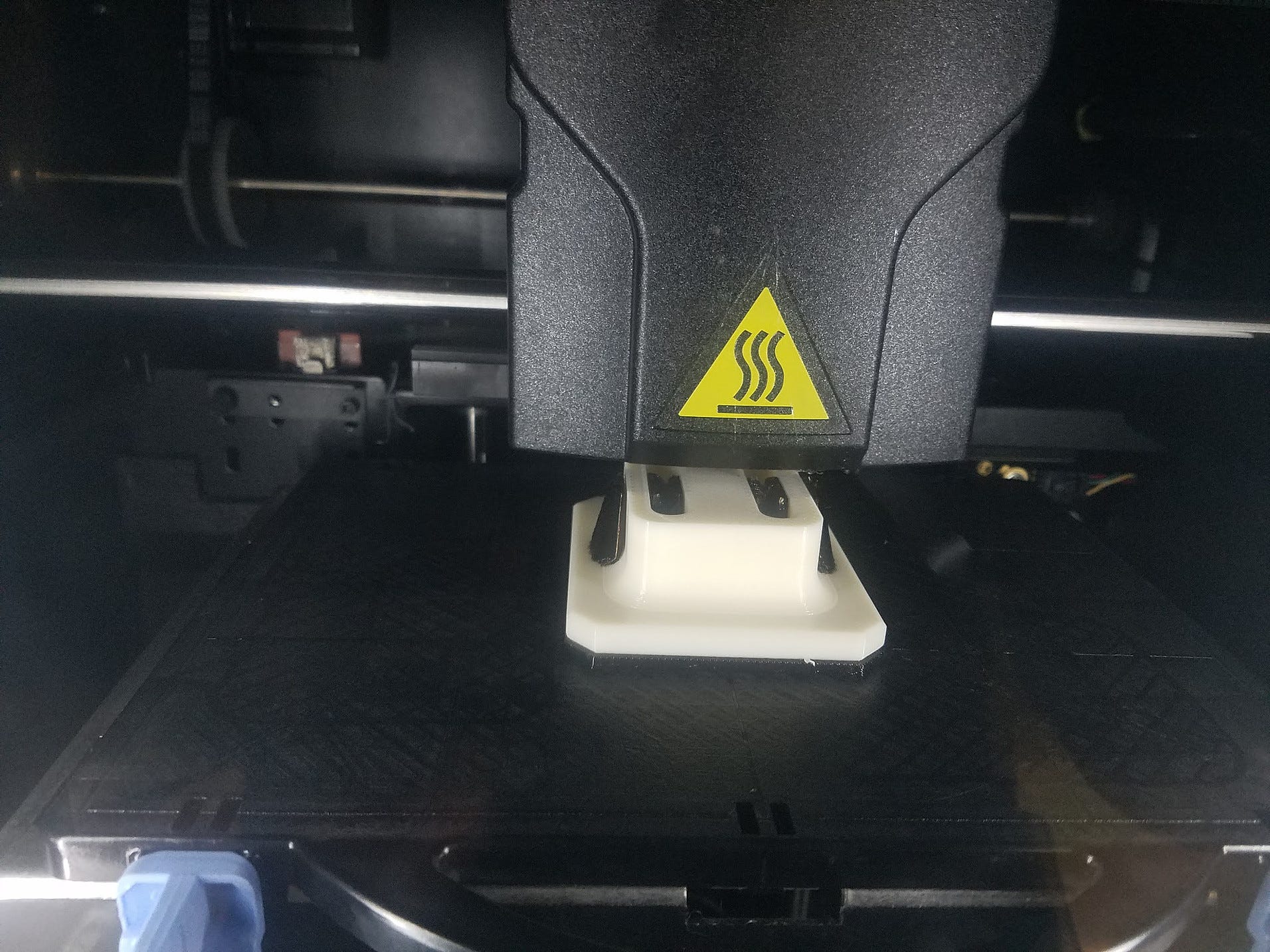
Then in a nutshell, we're a jack-of-all-trades-master-of-none sort. We're specialized at not being specialized, notwithstanding mechatronic engineers can practice quite a bit across multiple applied science disciplines and have a solid base from which to abound.
Mechatronic applied science alumni work with massive industrial robots, smaller robots in pick-and-place operations, command systems for bottling or packaging of food and drinkable products, drones, designing command systems for rides in amusement parks, prototype development, or fifty-fifty working to bring a robot to every habitation and office such as myself.
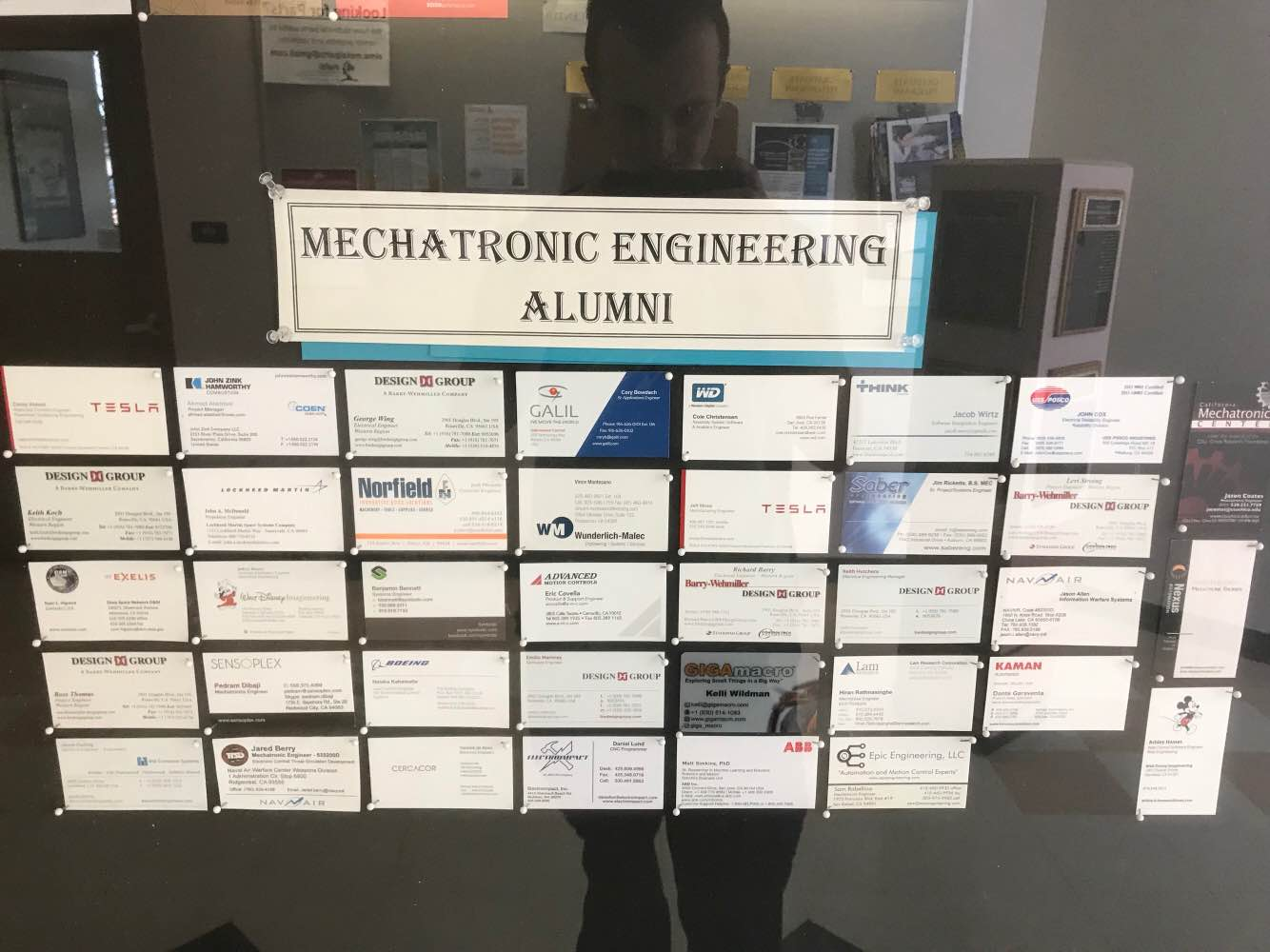

williamshistiogge.blogspot.com
Source: https://medium.com/mistyrobotics/mech-a-what-mechatronics-the-engineering-field-you-didnt-know-existed-1b6edc7b3fa9
0 Response to "Cool Programs You Didnt Know Existed"
Post a Comment